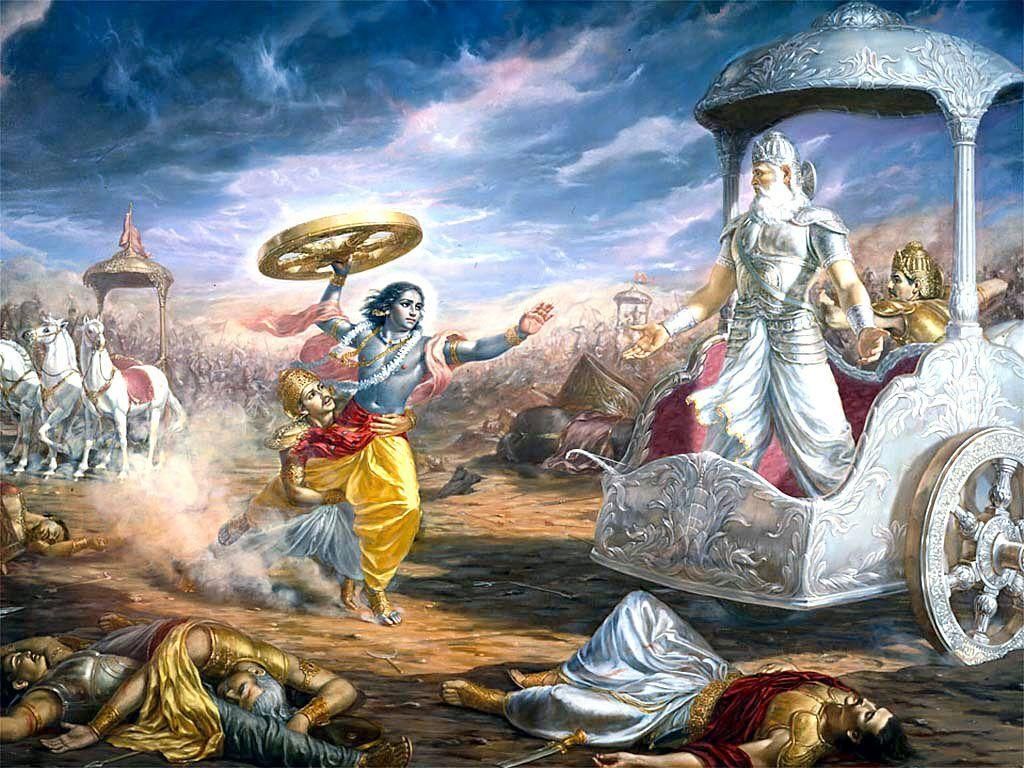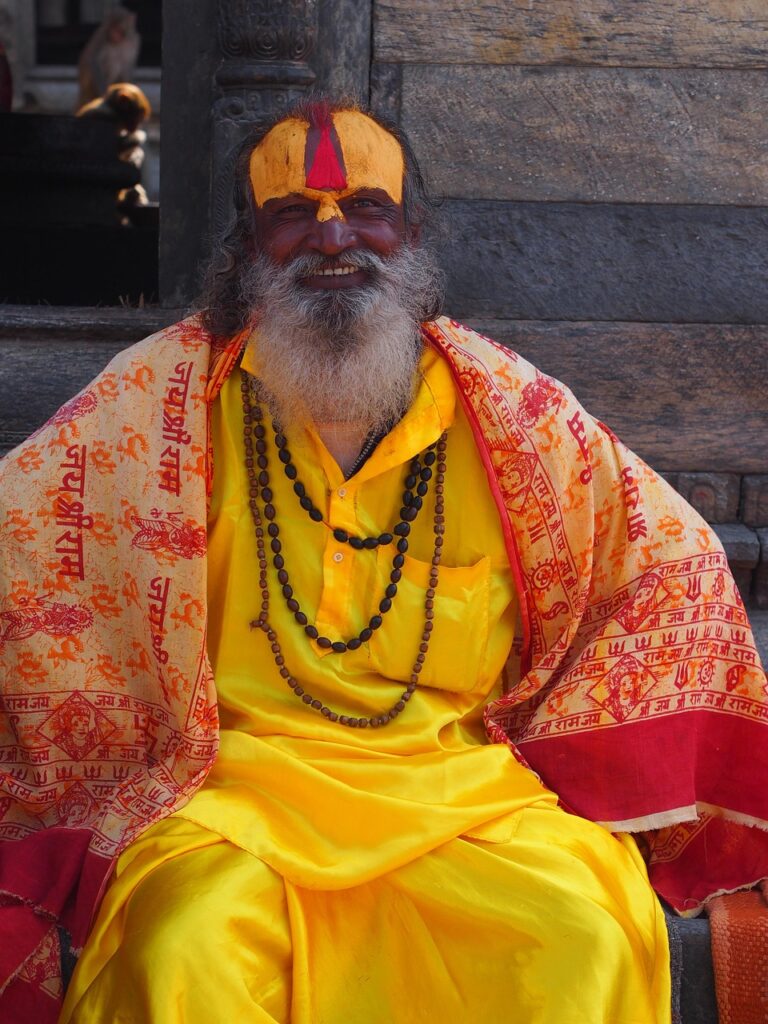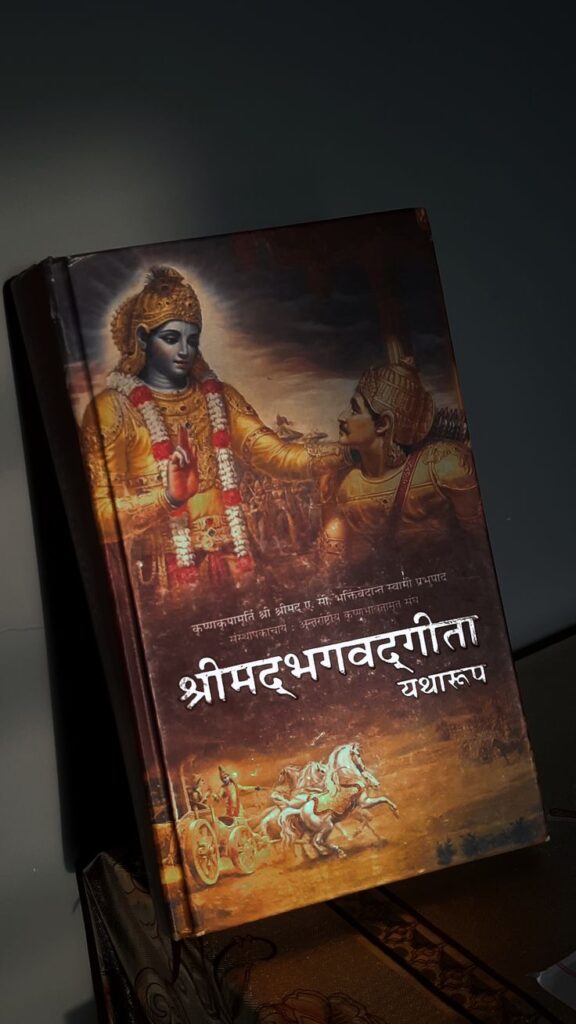History of Hindu Religion
Understanding Hinduism: A Journey Through Time
Hinduism, the world’s oldest living religion, is more than a spiritual tradition—it’s a lifestyle. Unlike most of the world’s other great religions, Hinduism doesn’t have a founder or a founding date. No, it grew naturally for centuries, assimilating through the different cultures, thoughts and philosophies. This time-traveling adventure uncovers more than the evolution of religious traditions. It uncovers the spirit of a civilization that still pulses with life in brilliant ways even today. History of Hindu Religion

📜 Ancient Foundations
The Vedic Period: The Dawn of Sacred Knowledge
Hinduism’s origins lie in the Vedic Period (c. 1500–500 BCE), when the Vedas—the oldest Hindu sacred texts—were composed. These were ancient Sanskrit texts that set the basis for rituals, hymns and spiritual wisdom. Life in this period was life in ritual, fire sacrifices (yajnas), invocations of Agni, Indra, Varuna. The Vedas gave them religion, society, ethics, and cosmology.
The Upanishads: Philosophical Awakening and Spiritual Inquiry
The Upanishads arose circa 800–200 BCE as a reaction to the ritualistic excesses of the preceding Vedic age. These deep philosophical works explored the nature of reality, the self (Atman), and the universal spirit (Brahman). They signified a turn away from outward ceremony to inward meditation and enlightenment. Questions of life, death, karma and liberation (moksha) came into focus, laying the groundwork for Hindu metaphysics. History of Hindu Religion
🛕 Classical Developments

The Epics: Ramayana and Mahabharata – Narratives of Dharma
The Ramayana and Mahabharata, composed between 500 BCE and 400 CE, are two monumental epics that shaped the moral and spiritual landscape of Hinduism. They are not just stories—they are ethical blueprints. The Ramayana narrates the righteous path (dharma) through Lord Rama’s life, while the Mahabharata explores the complexities of duty, family, and righteousness through its many characters, especially in the battlefield of Kurukshetra.
The Bhagavad Gita: The Essence of Duty and Devotion
Embedded in the Mahabharata, the Bhagavad Gita is a spiritual classic where Lord Krishna advises Arjuna on the battlefield. It combines karma yoga, the path of action, bhakti yoga, the path of devotion, and jnana yoga, the path of knowledge. It provides lasting wisdom on living with purpose, integrity, and devotion.
🌸 The Rise of Devotional Movements
Bhakti Movement: Personal Devotion Over Ritualistic Practices
From the 6th century CE onwards, the Bhakti Movement emerged as a grassroots revolution across India. It emphasized personal devotion to a chosen deity, such as Vishnu, Shiva, or Devi, rather than strict rituals and caste boundaries. This movement made spiritual practice available to everyone, regardless of social status, and focused on love, compassion, and surrender.
Influential Saints: Mirabai, Kabir, and the Spread of Bhakti
Saints like Mirabai, who sang devotional hymns to Krishna, and Kabir, who questioned religious norms with his mystical poetry, played important roles in the Bhakti tradition. Their words broke down barriers and still inspire millions today with messages of unity, love, and a direct connection with the divine. History of Hindu Religion

🧠 Philosophical Schools and Texts
Vedanta: Exploring the Nature of Reality
Vedanta is one of the six main schools of Hindu philosophy. It builds on the ideas found in the Upanishads. The school seeks to understand the relationship between the self and ultimate reality. Different branches such as Advaita (non-dualism), Vishishtadvaita (qualified non-dualism), and Dvaita (dualism) provide different interpretations. However, they all aim for liberation and self-realization.
Yoga Sutras: Pathways to Spiritual Liberation
Written by Patanjali, the Yoga Sutras offer a concise guide to spiritual enlightenment. More than just physical poses, the eight limbs (Ashtanga Yoga) constitute a spiritual discipline that demonstrates and cultivates ethical behavior and meditation to quieten the mind to know the self. History of Hindu Religion
🕰️ Medieval Transformations
Islamic Influence: Sufism and Syncretic Practices
With the emergence of Islamic rulers in India (from approximately the twelfth century), Hinduism received new spiritual views. While there was conflict at times, there were also deep moments of fusion. Sufi mysticism, and Bhakti spirituality had much in common in the expression of love of the divine, music, and poetry, leading to commingled practices and a syncretic cultural tradition..
Bhakti's Role in Social Reformation and Inclusivity
The Bhakti movement has been a vehicle for social change during the age of medieval times. Saints actively participated in this movement by rejecting discrimination based on caste and promoting equality in society, while also enlisting women and marginalized communities to be active, engaged participants in the movement. Bhakti not only embodied social change through these various means but also facilitated a universal pathway into spirituality during times of upheaval, both politically and religiously.
🏛️ Colonial and Modern Period
British Colonialism: Challenges and Adaptations
British colonial rule brought Western education, Christian missionary efforts, and new modes of criticism to the traditions of Hinduism. In reaction to these forces, Hindu leaders such as Raja Ram Mohan Roy and Swami Dayananda Saraswati started reform movements to put an end to social evils (such as sati and child marriage) while reaffirming the spiritual and ethical foundations of Hinduism.
Neo-Vedanta: Reinterpretation in the Modern Era
Thinkers such as Swami Vivekananda and Sri Aurobindo attempted to replace Hindu thought into a modern context and incorporate more modern sensibilities into the whole understanding of Hindu worldview. Vivekananda, in his talk at the Parliament of the World’s Religions in Chicago in 1893, provided a fresh look at Hinduism, representing Hinduism to the world as a universal and tolerant religion. After Vivekananda’s speech at the Parliament, greater global awareness and appreciation for Hinduism spread. History of Hindu Religion
🌍 Hinduism in the Contemporary World
Global Spread: Hinduism Beyond India
Hinduism is practiced not only in India, but worldwide, especially in places like Nepal, Mauritius, Bali, the Caribbean, and the U.K., U.S., and Canada. Temples, yoga studios, and religious organizations, such as ISKCON and Art of Living have brought Hindu thought and practice to a global audience.
Modern Practices: Temples, Festivals, and Daily Life
Modern Hindu life is a mixture of ancient cultural tradition and modern lifestyle. Daily puja (worship); festivals like Diwali, Holi, and Navaratri; and going to temple have always been aspects of a Hindu centered life. Today, yoga and meditation, along with Ayurveda, exist within a global paradigm of wellness culture, and Hindu tradition is an aspect of modernity.
🧭 Conclusion
Hinduism Today: A Living Tradition of Diversity and Continuity
Hinduism is not only a past-oriented religion; it is a living and constantly evolving tradition. One of the greatest strengths of Hinduism is its diversity, inclusivity, and sophistication. Regardless if it is the repetition of original mantras or contemporary mindfulness, the main theme of Hinduism is the path toward truth, self-identity, and relationship to the universe. History of Hindu Religion

🙋 Customer FAQs
Q1: Is Hinduism a polytheistic religion?
A: Hinduism includes both polytheistic and monotheistic elements. While many gods and goddesses are worshipped, they are often seen as manifestations of a single divine reality (Brahman).
Q2: What is the Hindu holy book?
A: Hinduism has multiple sacred texts, not just one. Key ones include the Vedas, Upanishads, Bhagavad Gita, Ramayana, and Mahabharata.
Q3: Can non-Hindus practice Hinduism?
A: Yes. Hinduism is not a conversion-based faith. Many of its practices, such as yoga, meditation, and devotional worship, are open to all.
Q4: What is karma in Hinduism?
A: Karma means action. In Hindu belief, every action has consequences that shape one’s future experiences and rebirth.
Q5: Is Hinduism still relevant today?
A: Absolutely. Its philosophies, ethical teachings, and spiritual practices continue to offer guidance in a fast-changing, globalized world.
